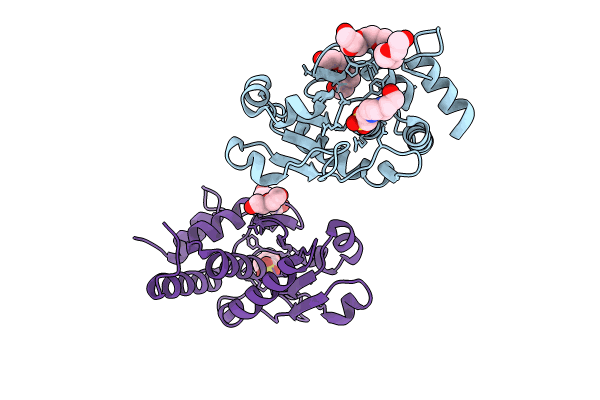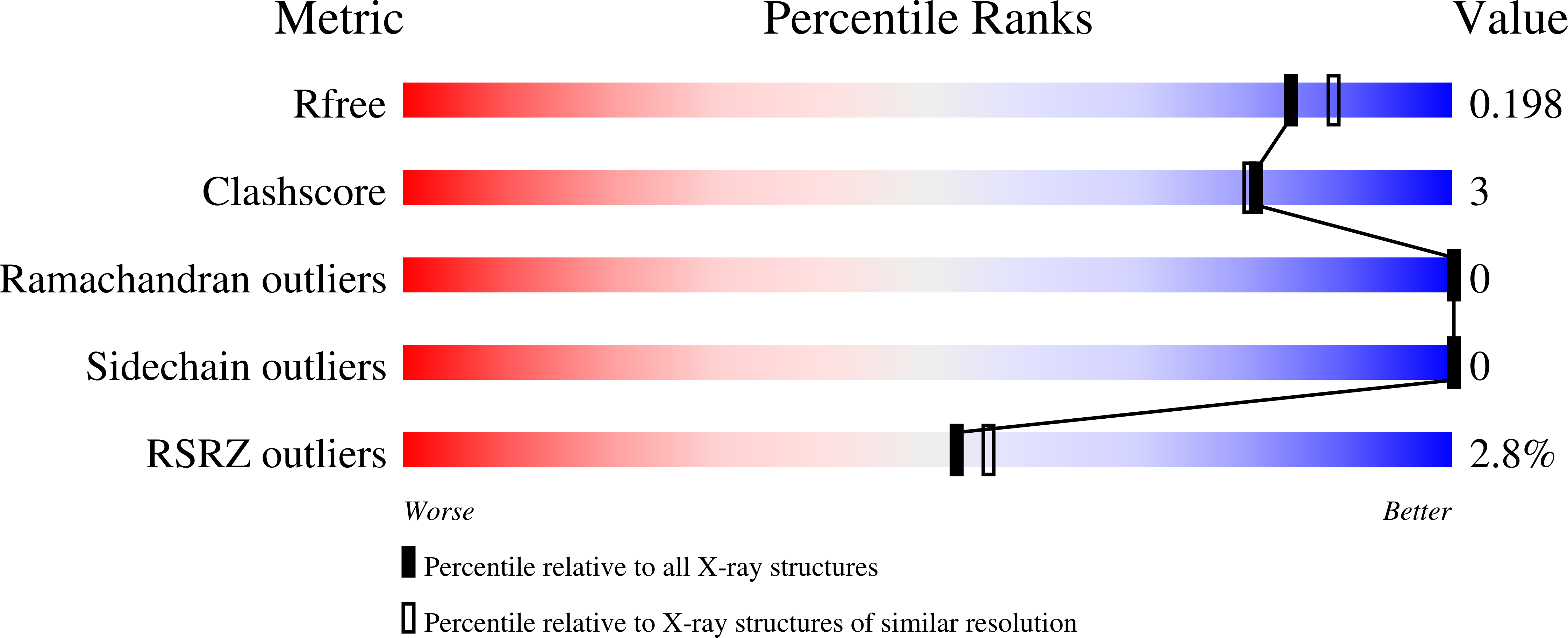
Deposition Date
2023-07-25
Release Date
2024-08-14
Last Version Date
2025-02-26
Entry Detail
PDB ID:
8TK5
Keywords:
Title:
HUMAN VH1-RELATED DUAL-SPECIFICITY PHOSPHATASE (VHR) complexed with HEPES
Biological Source:
Source Organism:
Homo sapiens (Taxon ID: 9606)
Host Organism:
Method Details:
Experimental Method:
Resolution:
1.90 Å
R-Value Free:
0.19
R-Value Work:
0.14
R-Value Observed:
0.14
Space Group:
P 1 21 1


